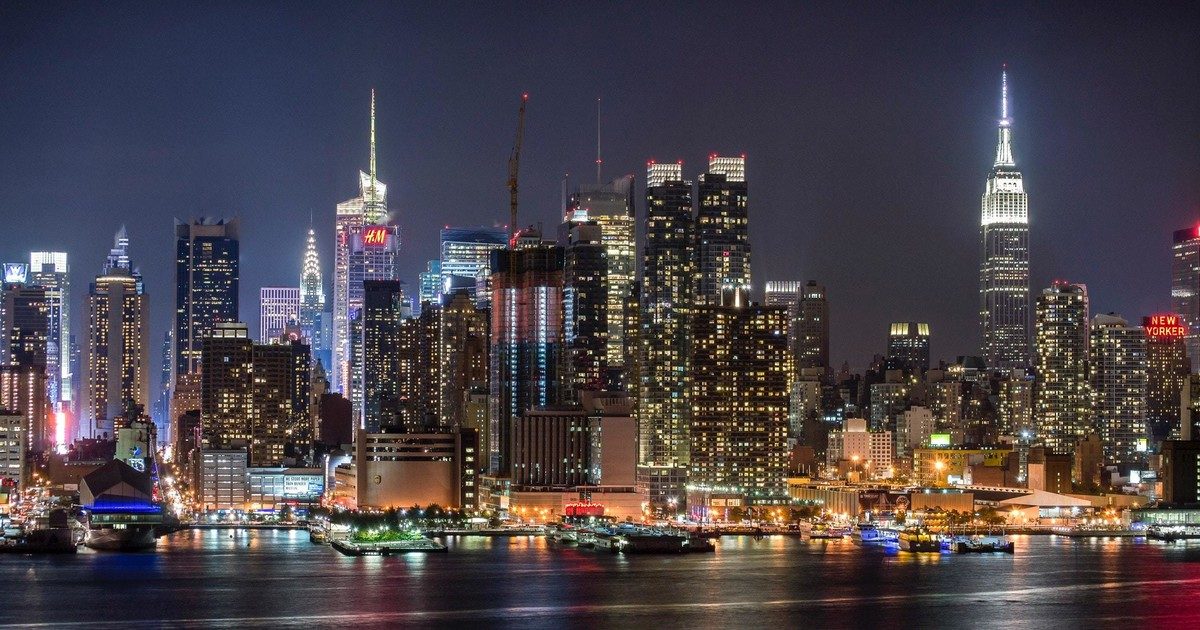Orne claims that the gayborhood was traditionally held together by two main forces: the freedom to live separate of the heterosexual family unit and the outside hate/bias that was more present. These two forces led certain gay men to form a tighter community from which new cultural realities were developed. In class we explored Orne’s take on the idea that the gayborhood is changing due to queer communities experiencing greater acceptance within larger social contexts. He claims gay men can now live anywhere, and so local residential value in gayborhoods is less essential for gay men in cities. Instead, interest in gay consumerism (whether for gay or straight communities) is emphasized in these gayborhoods, and Disney-fication develops.
While it makes sense that acceptance gives many gay men the privilege of residential freedom, the ramifications of assimilation don’t equally benefit everyone, nor are they the ideal solution.
First of all, being able to comfortably live openly-queer lives is something that has historically been limited in many ways to gay, white, middle-class men, as discussed in Wednesday’s lecture. In this sense, the concept of assimilation and the power of the vicarious citizen is something that is not necessarily accessible to other minority demographics.
Additionally, like I mentioned in Monday’s class, even if assimilation and access to vicarious citizenship become perfectly enjoyable by any and all queer-identifying people, the majority of a city population will still likely be straight-identifying. Thus, even without bias, there is still an inherent privilege that heterosexuals enjoy by living in predominantly heterosexual spaces. In this way, gayborhoods and gay bars become essential to serving an underserved population. Even in perfect assimilation, queer culture and queer spaces should not be lost.
The discussion on Wednesday provided a potential way to balance the contradictions between wanting to enjoy the perks of assimilation while wanting to preserve identity and visibility. Queer pop-ups in the framework of cultural archipelagos suggest that queer expressions in the city are changing towards more productive forms. Queer pop-ups have better potential for catering to sexy communities, intersectionality, and diversity across queer cultural archipelagos as opposed to some of the more Disney-fied, longterm queer establishments. For example, queer pop-ups can cater to queer and trans people of color, queer youth, etc. On the other hand, some gay bar may be more frequented by older, white, middle-class, gay men. Queer pop-ups can also be accessible and visible, while also making it harder for privileged communities (white, straight, etc.) to monopolize them and integrate them into the city’s entertainment machine.
However, it is still important for the gayborhood and its amenities to exist. The contribution of a permanent, physical, queer institution (like a gay bar) in a city is still essential to queer communities. Orne suggests that the physical spaces that constitute the gayborhood, Disney-fied or not, are still frequented by a significant queer community in the city. By beginning to embrace more ephemeral, diverse events, places like gay bars are also welcoming more queer individuals that do not necessarily live in the local gayborhood. As we learned on Wednesday, these vicarious citizens play an important role in preserving the queer community through politics and culture.
Thus, a balance between permanent institutions and queer pop-ups proves to be currently essential for diverse queer communities to thrive. Acknowledging this allows us to also expand the ways in which we understand queer communities to innovate upon and contribute to the urban setting.
